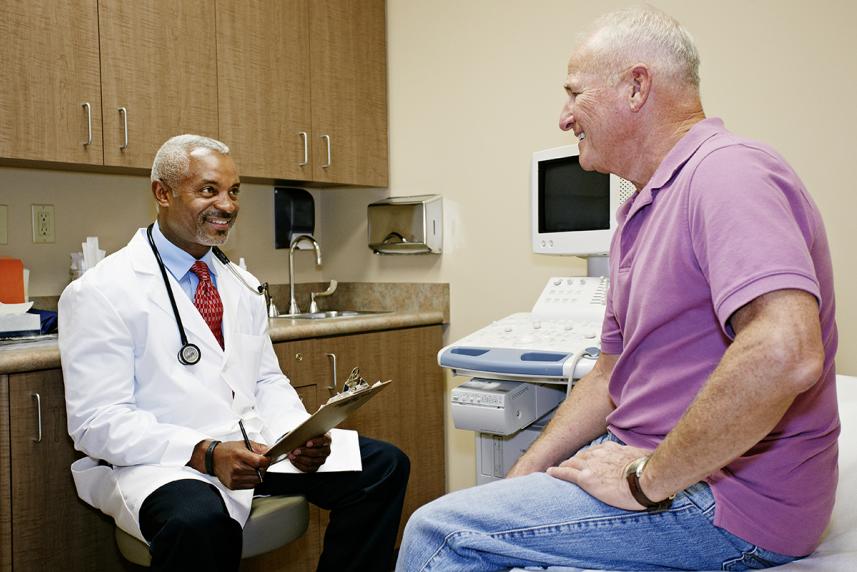Does it really pay to see an in-network provider? Yes!
Discover how picking an in-network doctor can help you save money on your health care.

In network. Out of network. Figuring out where you can, or should, go to an appointment can get confusing and even overwhelming. The answers to these common questions will help you make sense of it all. And they’ll show you why it pays to stay in your network.
What does it mean to be in network?
When a provider is in network, it means they have an agreement with your health insurance plan to provide you with services at a pre-negotiated rate. The result of that is that you pay less to get care from that provider.
What does it mean to be out of network?
When a provider is out of network, it means they do not have an agreement with your health insurance plan. Services from this provider will likely cost more than services from an in-network provider. Depending on your plan, you may not get any coverage at all with an out-of-network provider.
How can I find out if a provider is in network?
The best way to find out whether a provider is in or out of network is by using the Find a Doctor tool. When you share your location and health plan, this tool will give you a list of in-network providers.
What happens if I go to a provider who is outside of my plan?
It’s important to understand how, or if, your plan covers you for out-of-network providers. But even if your plan allows for out-of-network providers, in most cases you’ll pay more to go that route.
Some plans offer partial coverage if you go to an out-of-network provider. Some offer no coverage at all for nonemergency services that are out of network. If you choose an out-of-network provider, you could find yourself with big expenses for appointments or services that might be fully covered through an in-network provider.
What do I do if I want to stay in network, but my primary care provider (PCP) is unavailable?
There are lots of ways to stay in network with the help of the Find a Provider tool, even if you’re not going to your PCP. Here are a few:
-
Many health plans have 24-hour nurse lines that connect you with registered nurses who can discuss at-home treatments for mild illnesses and injuries at no cost.
-
Retail health clinics are a convenient option for quick in-person evaluations and treatment of mild symptoms.
-
Many health plans provide virtual care. You can also often get a prescription online, if you need it.
-
Urgent care clinics offer hands-on examinations and treatment of moderate symptoms and mild injuries such as sprains or cuts. The cost is typically more than a doctor’s office but less than an emergency room, and there’s usually less wait time.
In network or not, the emergency room should be reserved for severe and potentially life-threatening conditions. Symptoms that could necessitate a trip to the emergency room include chest pain, sudden blurring or loss of vision, signs of poisoning, loss of consciousness, or a severe injury.
Bottom line: Taking the extra time to make sure you’re in network is easy to do. And it could save you quite a bit of money.


